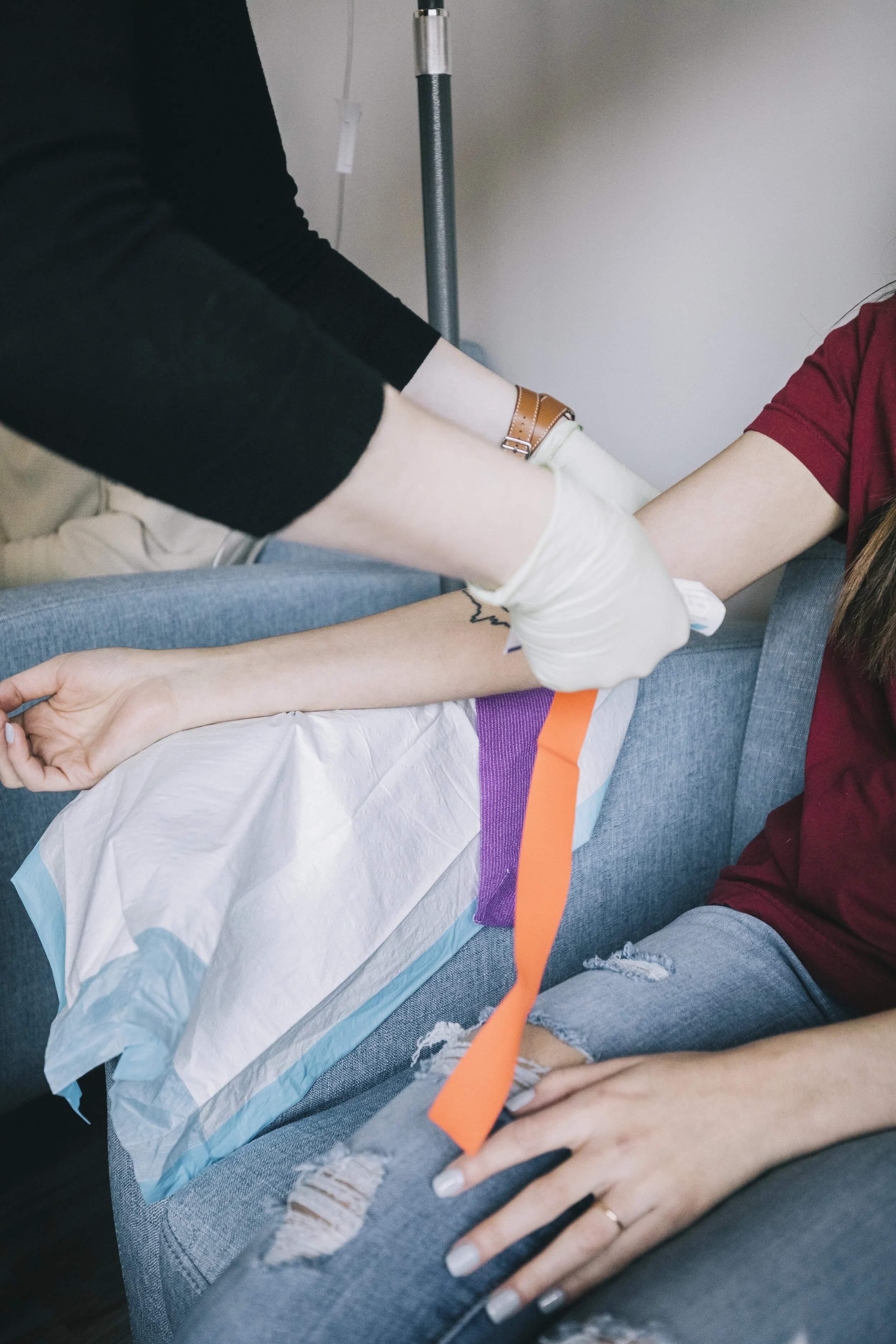COVID-19 Convalescent Plasma
The immune system is one of the smartest systems in the human body. Immunity is a complex process that involves the body creating memory cells that attack the virus and prevent it from causing further sickness.
So how does the body’s immune system create memory cells? This process is called adaptive immunity and can happen thru passive immunity or active immunity. Both can be either artificially or naturally acquired.
So how is this done artificially? One way is thru vaccines. Vaccines are a form of active immunity. Vaccines induce the immune system to develop memory cells to fight an infection. Currently a vaccine for COVID-19 is being tested and is in phase I trials. There are at least 3 phases in clinical trials that a new vaccine must go thru prior to reaching the market. This is why a vaccine for COVID-19 will probably take at least one year. To note even after a vaccine is administered protection is not immediate and it may take a few days to weeks. It is a reason why the flu vaccine takes up to two weeks for full protection.
As you can see active immunity takes time to develop. So, what may be a quicker way? The other type of immunity is passive immunity. Passive immunity develops more immediate, however it does not last as long as active immunity. Passive immunity can last for as little as a few days to months, while active immunity lasts for longer, possibly even a lifetime.
However, because we need something now to save people’s lives researchers are testing more immediate methods to help combat the coronavirus. The FDA has approved COVID-19 Convalescent Plasma as an investigational drug for treatment of COVID-19 patients.
COVID-19 Convalescent Plasma is basically blood from a person with confirmed COVID-19 who has fully recovered. The thought is a recovered person’s blood will have antibodies that will help protect someone against COVID-19. This would be a form of passive immunity.
Currently there are strict criteria listed on the FDA website for patients that could qualify to donate and as well as who may receive COVID-19 Convalescent Plasma. This may change with further developments and research.
In the 1890s this was the only means of treating certain infectious diseases prior to the development of antimicrobial therapy in the 1940s. Experience with other SARS-CoV-1 shows that convalescent sera may neutralize antibodies to the relevant virus. The theory based on case studies from Ebola and MERS is the earlier the patient gets the transfusion the better the outcome for COVID-19 patients.
Currently the FDA has restricted the investigational use of COVID-19 Convalescent Plasma to only to the sickest COVID-19 patients, however there is some evidence to argue it can also be used for prevention. One study found that when COVID-19 patients where administered COVID-19 Convalescent Plasma early on had better outcomes as opposed to later. As we continue to learn more and more people become infected with COVID-19 and recover, the number of eligible people that may donate immunoglobulin-containing serum will increase and this may be a quicker method to help stop the spread of the virus.
References:
1. Investigational COVID-19 Convalescent Plasma - Emergency INDs https://www.fda.gov/vaccines-blood-biologics/investigational-new-drug-ind-or-device-exemption-ide-process-cber/investigational-covid-19-convalescent-plasma-emergency-inds. Accessed on March 29, 2020
2. The convalescent sera option for containing COVID-19. Arturo Casadevall, Liise-anne Pirofski. J Clin Invest. 2020. https://doi.org/10.1172/JCI138003. Accessed on March 29, 2020
